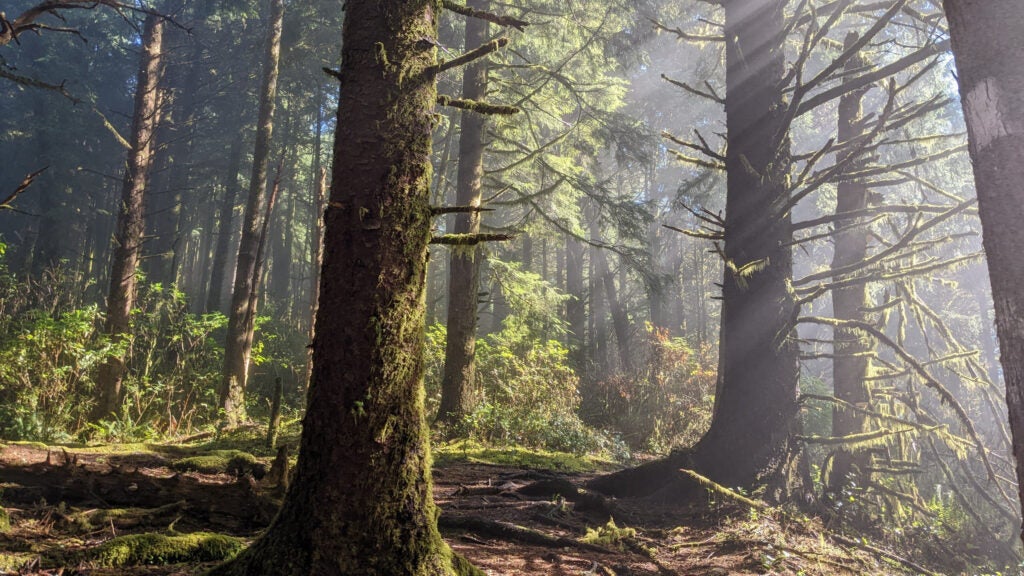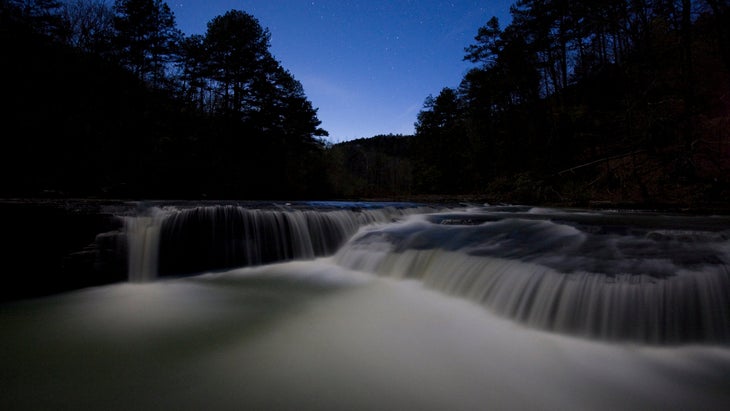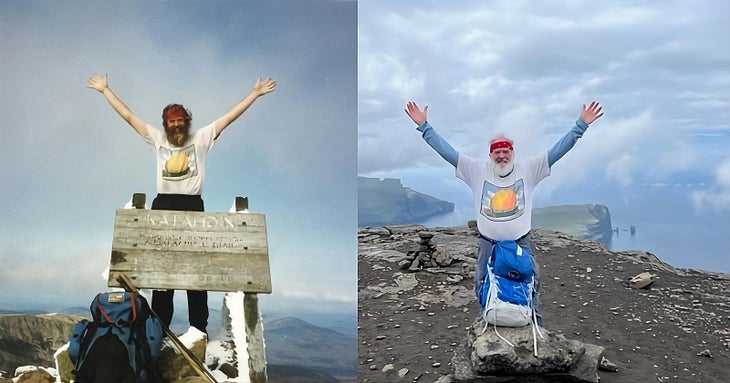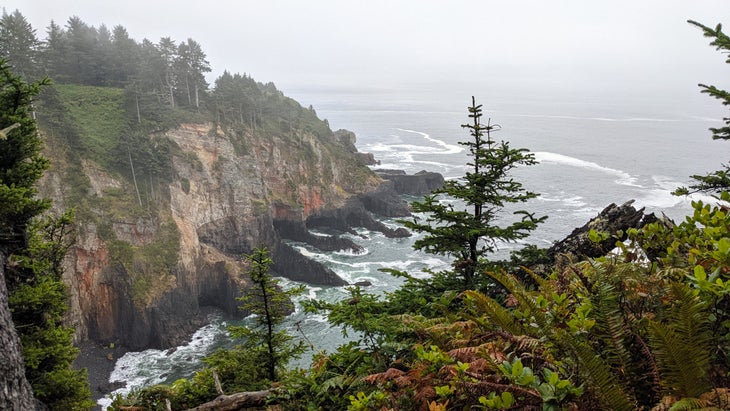



It was a memorable year on America’s longest trails. Pacific Crest Trail hikers faced down the aftermath of the Sierra’s biggest snow year on record, with some tapping out and some forging through deep drifts and icy passes as they trekked border to border. Meanwhile, Appalachian Trail supporters wrangled over the future of the United States’ ur-thru-hike. But while we published our share of articles about the Triple Crown, some of Backpacker’s most-read stories in 2023 came from lesser-known long trails like the Ozark Highlands Trail and the Oregon Coast Trail. Here, we count down our most popular tales from the world’s longest walks.

The family hikes most hours of the day as a unit of seven, playing games, listening to audiobooks, and completing 20-plus miles of trail. Olen and Danae homeschool the kids, so on trail they keep up a lightened curriculum that they fill in through the remaining six months of the year “We’ll do math stuff and spelling stuff while we’re hiking,” Olen says. “And then we try to get them engaged in literature. Lyol, the 14-year-old, he’s currently listening to Anna Karenina on Audible.”

At the first crossing, I found a series of boulders a foot below the raging current and tiptoed my way across. But at the second crossing, there were no rocks. The banks were near vertical and mostly made of soft mud. I slowly side-hilled my way upstream a couple hundred yards, but it took 30 minutes, and I knew I would need to cross it. The water was muddy and nearly 30 feet across; I couldn’t tell how deep it was, so I prepared for the worst. With no way around it, I packed everything in watertight bags and waded into the creek. With the first step, I sank up to my waist; the second, up to my chest. I quickly realized I would have to swim. One deep breath, and I sprawled out into the water.

Across the U.S. and 22 more countries and territories in North America, Europe, and Africa, the [International Appalachian Trail] imagines what a thru-hike might have looked like 250 million years ago. It traces the path of the ancient Appalachian-Caledonian Mountains across the Atlantic Ocean, recalling an era before the continents split apart. Instead of a traditional end-to-end trip, a hike of the IAT is an ocean-hopping, world-spanning journey where backpackers have to decide their own rules. There’s no set mileage or singular track, and unlike traditional thru-hikes, it leaves ample interpretation up to the hiker. It was, French realized, just what he was looking for.

When you’re spending weeks at a time on the trail, it’s not unusual to have a little bit of stomach trouble. From trouble adjusting to calorie-dense, lightweight backpacking fare to indigestion after chowing down on a burger and fries at a town stop, there are all sorts of plausible reasons a thru-hiker might feel their stomach rumbling, most of them benign. But after more than 20 people came down with diarrhea and vomiting on the same Washington stretch of the Pacific Crest Trail in 2022, the Centers for Disease Control and Prevention (CDC) were alarmed enough to send an investigator to find out why. Now, their findings are out—and there’s a lesson in them that hikers need to learn.

This is the hiker’s dilemma on the Oregon Coast Trail: There are 425 miles to cover, and so many sights to stop and see along the way that, if you’re not careful, you might never get to the finish line. At its best, the OCT is like a hiking Greatest Hits album, a series of soaring clifftop vistas, towering forests, and wild Pacific beaches stitched end to end. A day or a weekend on it is a sampler of everything captivating about the Pacific Northwest. An end-to-end thru-hike? As long as you can handle some pavement-pounding—the trail still has its gaps—it’s the kind of adventure you won’t be able to replicate anywhere else.
From 2023

